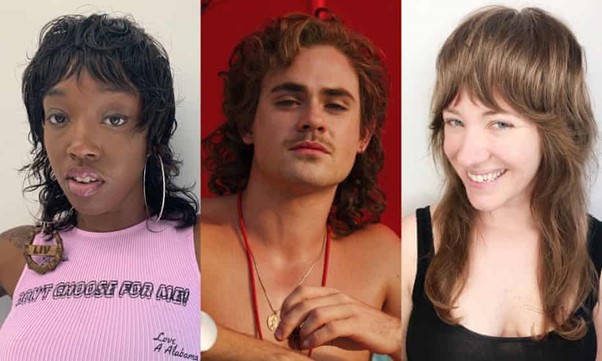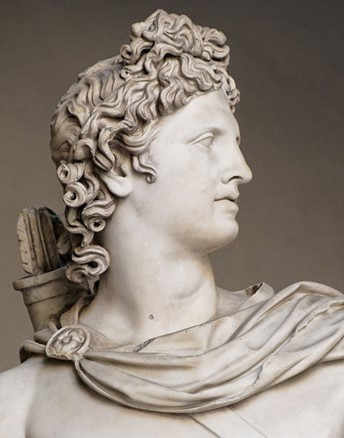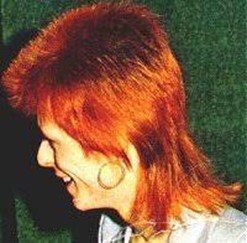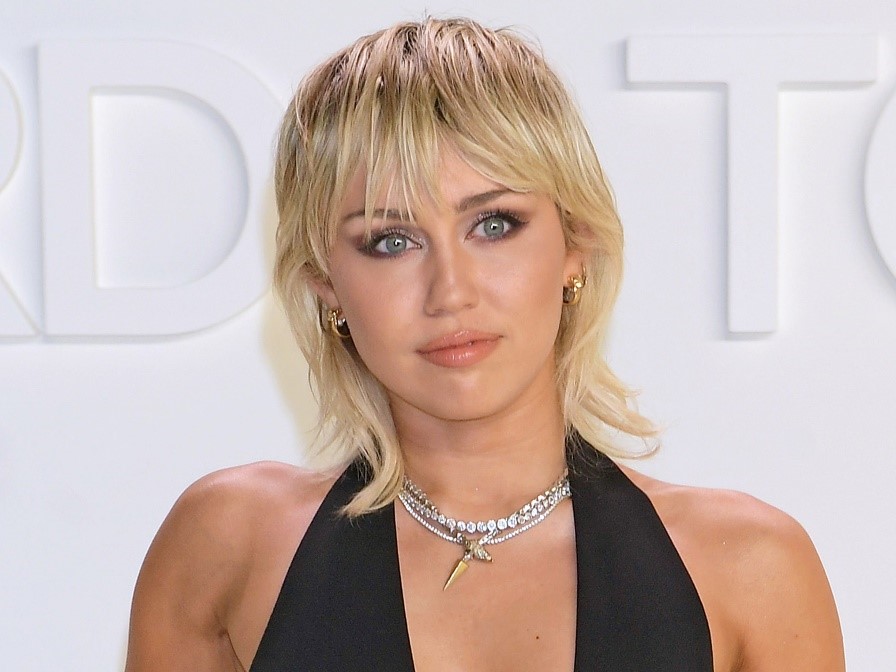The Origin and Comeback of the Mullet
Contrary to popular belief, the mullet is going strong this season as a fashionable hair alternative to the usual bob or long do. Stretching back way before the 80s, this style was worn in multiple ways; such as to intimidate or as a political message.

The first mention of the mullet was proclaimed within Homers The Iliad, where he described a group of spearman, ‘the abantes’, hosting ‘their forelocks cropped, hair grown long at the backs’. Its practical and adaptable shape means this hairstyle has been rocked for centuries long, protecting the back of peoples necks from the cold and preventing hair getting into the eyes. In battles, those with a mullet were harder to grab during fighting giving them the upper hand, and helmets fit atop of the head better.

In ancient Rome, the ‘hun cut’ was sported by many wealthy young bands of hooligans who, not unlike football players, joined different teams within Olympic games and had an aim to shock and surprise the citizenry.
Later on in the 18th century, Benjamin Franklin adorned this hair style, which he named the ‘skullet’, to help charm France into increasing its financial and diplomatic support of America in the nations earliest of days. It was all in an attempt to play the role of a new-world, rough around the edges, sage who was a man of the people – which in turn won over the favour of the French revolutionaries.

It wasn’t until David Bowie premiered his iconic neon orange mullet, during his stage of Ziggy Stardust, that the do took a hold of the nation. The androgenous and practical style spread throughout the people, challenging the ideas of equality and gender identity. The term ‘mullet’ only came into play once the Beastie Boys song ‘mullet head’ was released in 1994, perfectly describing the do as ‘business up front and party in the back’. Despite the rise in the hairstyle over this time period, especially within hockey players and heavy metal fans, there was major backlash from the style being labelled as ‘tacky’ and ‘untamed’. In fact, in 2010 Iran banned the haircut hoping to stop the spread of what they thought was a ‘western invasion’.

Today in 2021, we now see once again the comeback of the mullet – with stars such as Billie Eilish, Rihanna and Miley Cyrus rocking the choppy cut. There is debate as to where the seed was planted once again, with many blaming TikTok trends for rise in popularity, or celebrities breaking the mold. The style continues to be described as the ultimate anti-fashion style, with many making the big chop to abandon their previous girly stereotype styles for the more fluid and abrasive look. It turns heads when worn in the street, but ultimately the mullet has a rock n roll history and continues its outside-the-box style into the future – and personally, I love it.


